This is the fifth in a series of educational articles about heraldry in Calontir.
Previously, we discussed where to get inspiration for your coat-of-arms. Now that you have some ideas, let’s talk about how to put it all together.
Some important design principles to keep in mind:
Duct-tape heraldry. Aka who’s going to draw this for you? Be considerate of whoever is going to be sewing your heraldic design on your tabard. There’s no shame in designing good solid heraldry that can be laid out on your shield using duct tape in a pinch.
Identifiability. The original purpose of heraldry is to identify you across a battlefield. So the colors are bright, the contrasts are clear, and the designs are relatively simple. Charges (motifs) tend to be drawn in order to make the key identifying features of the object obvious. For example, the eagle is shown with its wings displayed on either side.
Stylized and Simplified. Heraldry is a bit like cartoon art. Things are not necessarily drawn realistically, or painted their natural colors. Heraldry has it’s own visual language with defined poses for animals and simplified depictions of objects. That’s why it’s so useful to study period armorials for inspiration.
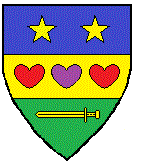
Complexity. We are limited to a complexity count of 8 or less – adding up the number of colors with the number of charges. So a red shield with a white owl has a complexity count of three: two colors (red & white) and one charge (owl). A half-blue and half-green shield with a gold stars and a sword on either side of a gold stripe with purple and red hearts has a complexity count of nine – with five colors (blue, yellow, purple, red, green) and four charges (stars, stripe, hearts, sword). As you can see, it’s a little much.
Contrast. Identifiably requires good contrast, so we need to avoid putting dark things on a dark background (“color-on-color”, eg. blue on red) or light things on a light background (“metal-on-metal”, eg. yellow/gold on white/silver) in most situations.
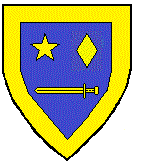 Slot machine. Having 3 or more different things in the same area of the shield doesn’t match period practice and is also poor design. You shouldn’t have a star, a diamond and a sword in the same group on your shield. If you have to have them all, separate them into different sections of the shield. (More on this in the next article.)
Slot machine. Having 3 or more different things in the same area of the shield doesn’t match period practice and is also poor design. You shouldn’t have a star, a diamond and a sword in the same group on your shield. If you have to have them all, separate them into different sections of the shield. (More on this in the next article.)
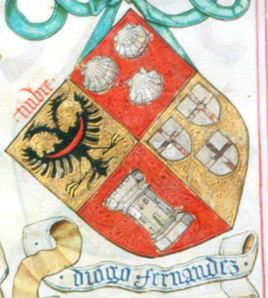
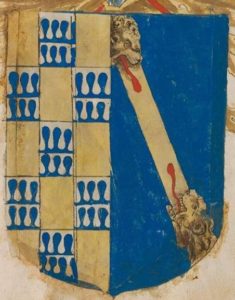 Marshalling. Marshalling combines the arms of two or more families to display noble lineage. Since we do not inherit nobility in the SCA, marshalled designs cannot be registered. There are two types of marshalling: impaling and quartering. Impaling is when a shield is divided down the middle with one family coat of arms on the left, and another on the right – originally to show off that both of your grandfathers were important. Quartering was an alternate way to show off your grandfathers, or you could show your 4 great-grandfathers’ arms in each of the sections. Note that we can display heraldic designs that look like marshalling. For example, a couple might marshal their arms as a “marital badge” to mark their children at an event to help people return them. That’s a great use of heraldry, just not registerable.
Marshalling. Marshalling combines the arms of two or more families to display noble lineage. Since we do not inherit nobility in the SCA, marshalled designs cannot be registered. There are two types of marshalling: impaling and quartering. Impaling is when a shield is divided down the middle with one family coat of arms on the left, and another on the right – originally to show off that both of your grandfathers were important. Quartering was an alternate way to show off your grandfathers, or you could show your 4 great-grandfathers’ arms in each of the sections. Note that we can display heraldic designs that look like marshalling. For example, a couple might marshal their arms as a “marital badge” to mark their children at an event to help people return them. That’s a great use of heraldry, just not registerable.
Contact me or one of the many other heralds of Calontir for further details. (See “Heraldic Helpers”)
At your service,
Sofya la Rus, Habicht Herald
Calontir Heraldic Education Deputy
habicht@calontir.org

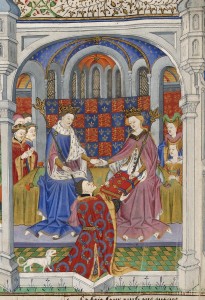
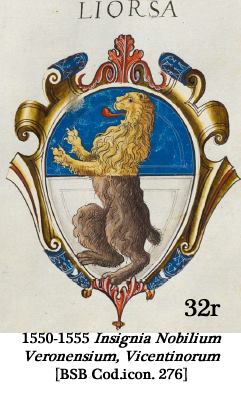
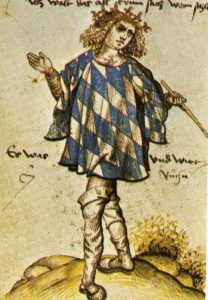
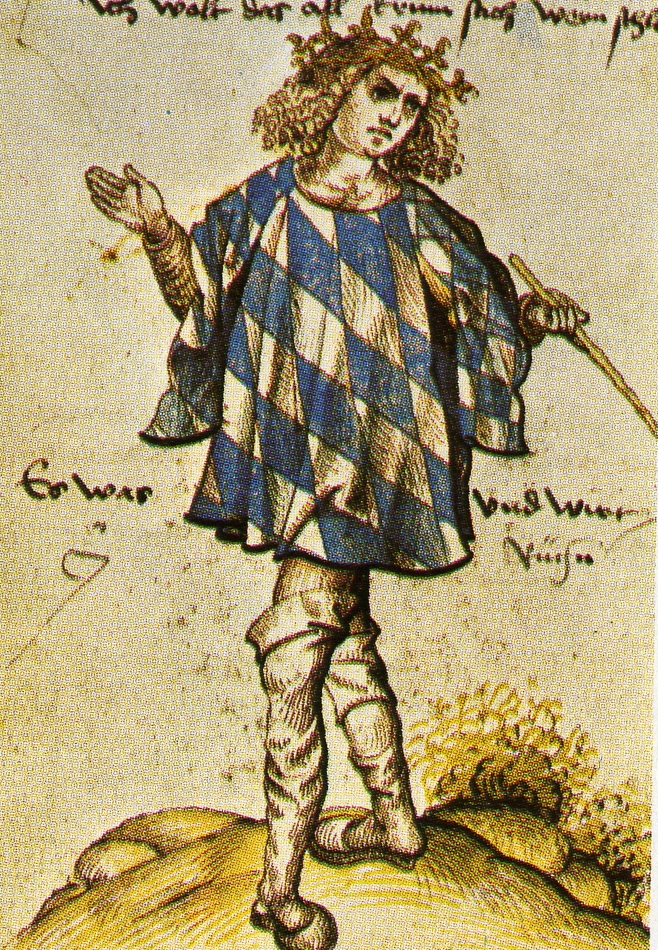
You must be logged in to post a comment.